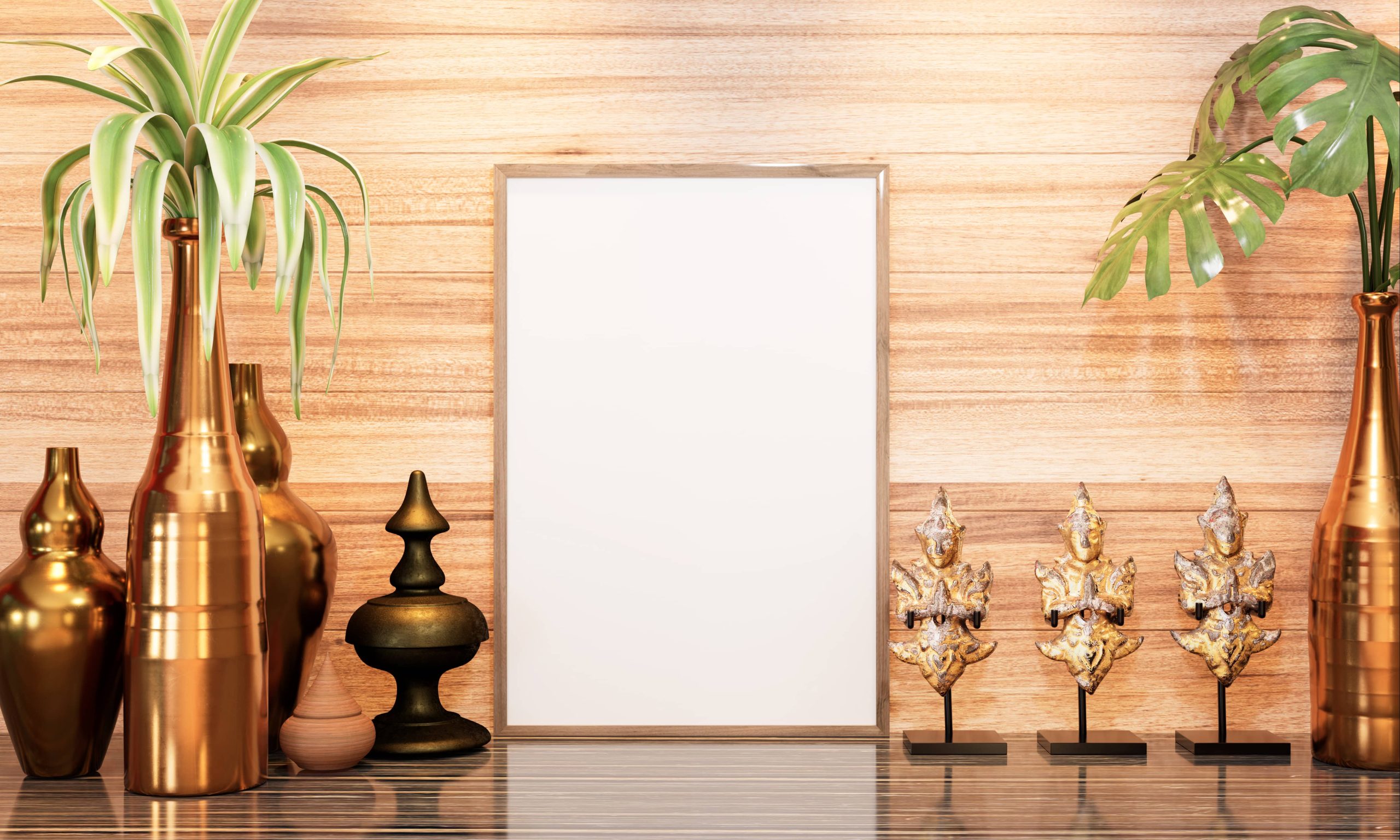
In recent years, sustainability has become more than just a buzzword. It’s a lifestyle choice that many of us are integrating into various aspects of our lives, from the food we eat to the clothes we wear. Home décor is no exception. But the word “sustainable” often conjures images of expensive, bespoke furnishings and exclusive, eco-friendly brands. However, this couldn’t be further from the truth. Creating a sustainable home can be affordable, and it doesn’t mean compromising on style or comfort. Let’s delve into how you can create beautiful, sustainable home décor while keeping your budget in check.
1. Thrift and Vintage Stores: Your Sustainable Treasure Troves
One of the best ways to create a sustainable home affordably is by embracing thrift stores, flea markets, and vintage shops. These are treasure troves for unique, well-made furniture and décor items that have stood the test of time. Not only do you get to repurpose items that might otherwise end up in landfills, but you also inject a sense of history and character into your home.
When visiting these stores, keep an open mind. A coat of paint or a bit of sanding can completely transform a piece, giving it new life and a new look. Remember, sustainable living often starts with reimagining the potential of what’s already available rather than buying new.
2. DIY Magic: Upcycling and Personalization
Upcycling is a powerful tool in the sustainable living arsenal. By reimagining and repurposing items you already own, you prevent waste and create customized pieces that reflect your personal style. For instance, that old ladder in your garage can become a charming bookshelf or a unique towel rack for your bathroom. Glass jars can transform into chic vases or storage containers.
Personalization is not only sustainable but also budget-friendly. Homemade art pieces, handcrafted furniture, and custom textiles are all excellent ways to add uniqueness to your home décor. There are countless online resources and communities (such as Pinterest or DIY blogs) offering ideas and instructions for every skill level.
3. Sustainable Materials: Opting for Eco-Friendly Resources
When buying new, focus on materials that are sustainable or have a lower environmental impact. Bamboo, for example, grows quickly and is an excellent renewable resource. Reclaimed wood is another fantastic option that brings warmth and character to your space without compromising the environment.
Similarly, when selecting textiles, consider materials like organic cotton, linen, wool, or recycled fabrics. These materials not only have a lower environmental impact, but they also tend to be high quality and durable, which can save money in the long run.
4. Plants: Nature’s Décor
Plants are a simple yet effective way to bring life and beauty into any space. They naturally enhance air quality and bring a sense of calm and tranquility to your home. Starting a small indoor garden or adding a few potted plants can be a cost-effective way to embrace sustainability.
Consider low-maintenance plants like succulents or snake plants if you’re new to plant care. Additionally, propagating plants from cuttings or swapping with friends can further reduce costs while expanding your home’s greenery.
5. Conscious Consumption: Mindful Shopping Practices
One of the cornerstones of sustainable living is conscious consumption. Before making a purchase, pause to consider whether you really need the item. Is it something you can buy second-hand or perhaps borrow? Being mindful of what you buy reduces waste and encourages you to invest in pieces that truly bring joy and utility to your home.
When you do buy new, support brands that are transparent about their sustainability practices. Look for certifications or ratings from respected environmental organizations and prioritize items made with sustainable, ethical practices.
6. Minimalism: Less is More
Adopting a minimalist approach in your home décor can naturally align with sustainable practices. By focusing on quality over quantity, you can invest in fewer pieces that are versatile, durable, and timeless. Minimalism encourages mindfulness and functionality, allowing your home to reflect a cleaner, more intentional lifestyle.
Decluttering is a crucial step toward minimalism. By donating or selling items you no longer need, you reduce waste, give others an opportunity to repurpose your goods, and create a more organized, harmonious space.
7. Energy Efficiency: Beyond the Décor
Sustainable décor is more than just what you see; it extends to creating a home environment that operates efficiently. Consider energy-efficient lighting options like LED bulbs, which consume less power and last longer than traditional lighting. Additionally, incorporating solar-powered items or using power strips to manage your electronics can reduce energy consumption and lower utility bills.
Insulating your home effectively and using energy-efficient appliances are also critical components of a sustainable home. These practices conserve energy and contribute to a more eco-friendly living space while saving money in the long term.
Conclusion
Creating affordable sustainable home décor is an achievable goal that not only benefits the planet but can also enhance the quality and feel of your home. By embracing second-hand treasures, engaging in DIY projects, prioritizing eco-friendly materials, and practicing mindful consumption, you can craft a living space that is both stylish and sustainable. Remember, sustainability is a journey, not a destination. With each small change, you contribute to a more sustainable future while cultivating a home environment that resonates with beauty and purpose.

